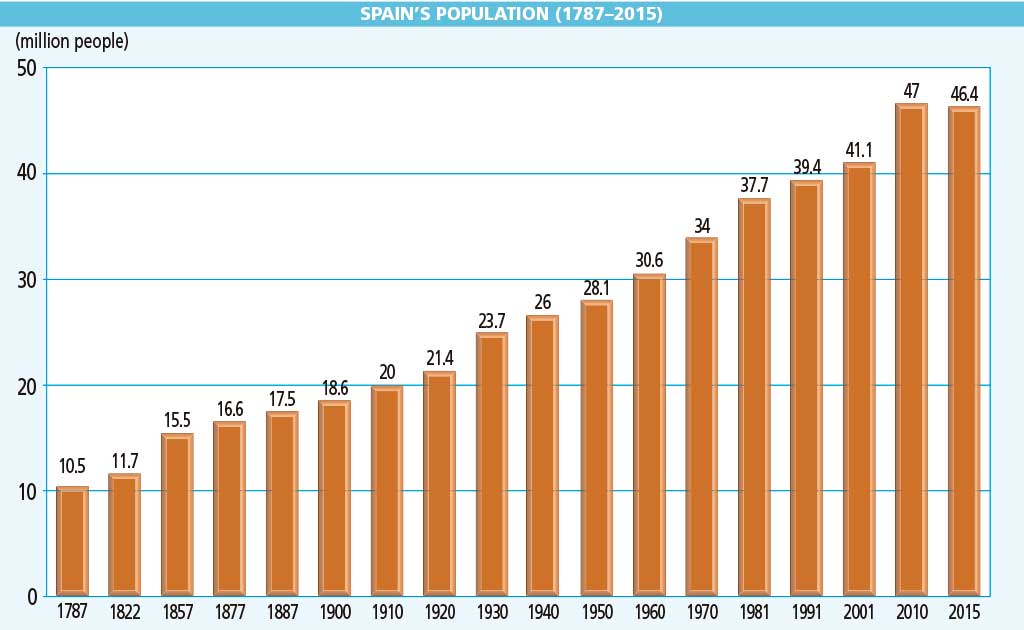We use cookies to improve and analyse your browsing experience on our web. You can accept these cookies, reject them or choose your settings by clicking on the corresponding buttons. Please note that rejecting cookies may affect your browsing experience. For more information you can consult our Cookies policy.
Cookies are an essential part of how our web works. The main goal of cookies is to make your browsing experience more comfortable and efficient and to improve our services and the web itself.
Here you can find all the information about the cookies we use and you can activate and/or deactivate them according to your preferences, except for those cookies that are strictly necessary for the operation of the web. Blocking some cookies may affect your experience on the web and how the site works. For more information you can visit our Cookie Policy.
These Cookies are necessary for the web to function and cannot be disabled on our systems. They are generally only set up in response to actions you may take such as requesting services, setting your privacy preferences, logging in or completing forms. You can set your browser to block or warn you about these cookies, but some parts of the web will not work. Information about Cookies.
These Cookies allow us to count the number of visits and traffic sources so that we can measure and improve the performance of our site. They help us to find out which pages are the most popular and least popular, and to see how visitors move around the web. All information collected by these Cookies is aggregated and therefore anonymous. If you do not allow these Cookies we will not know when you visited our web. Information about Cookies.
These cookies are used to analyse your activity in order to show you personalised advertisements.Information about Cookies.
Change theme

Revision mode

Journey to a depopulated Spain
The European Union considers a depopulated area to be one with fewer than eight people per square kilometre. This phenomenon is widespread in inland Spain and is even more acute in mountainous areas. The Molina district in Aragón is one of the least populated areas in Europe. It has a population density of 1.63 people per square kilometre. This is a lower population density than either Lapland or Siberia.
Raquel Quílez and Virginia
Hernández
El Mundo, 29 October 2015
(Translated)
It is difficult to know Spain's exact population before 1785, the year in which the first census was carried out. However, we can use other sources to estimate the population before that time.
Between the 1st and 18th centuries, Spain's population was between 4 and 7 million, although it fluctuated significantly. Death rates were high due to continuous wars, epidemics such as the mid-14th century Black Death, and famines caused by poor harvests. Emigration to America from the 16th century onwards also reduced the population.
Nevertheless, during the 18th century, despite the effects of the smallpox epidemic, the population began to recover and in 1785 there were more than 10 million people living in Spain.
The population of Spain was greatly reduced during the War of Independence (1808–1814). Afterwards, it began to grow steadily, although at a slower rate than other European countries. More losses were incurred as a result of the cholera epidemic (700000 deaths), the Carlist Wars and the Spanish-American War of 1898. However, by the second half of the 19th century, the population had grown to 15 million. Due to falling death rates, by 1900 the population was 18.6 million.
During the 20th century Spain's population grew considerably. By the beginning of the 1980s it had doubled. However, this growth was not continuous and the population had to overcome a number of significant losses.
From 1900 to 1917 there was large-scale emigration to America, for example to Argentina, Uruguay and Venezuela. More than 200000 people left the country each year, although a significant number subsequently returned to Spain. The 1918–1919 flu pandemic caused a large number of deaths. Finally, the Spanish Civil War (1936–1939) produced the loss of 600000 people through either their deaths or emigration.
Between 1960 and 1975 there were two important developments: internal migration from rural to urban areas, and emigration to other Western European countries, although many of these emigrants subsequently returned to Spain.
Finally, between 1990 and 2010, more than 5 million immigrants came to Spain from Central and South America, Eastern Europe and North Africa. As a result Spain's population grew to more than 46 million.

|
SPAIN'S DEMOGRAPHIC CONTRASTS Spain's geographical diversity is the cause of the great contrasts in the country's population density. Mountainous areas have the lowest population density, as their geography limits economic activities. Regions with extensive arable and livestock farming are also sparsely populated because there is less work available. On the other hand, population density is high in industrial areas, zones where the service sector is important and on the coast.
|
Activity 13
Remember
Activity 14
What characteristics do the areas of Spain with high and low population densities have?
Activity 15
Understand
Activity 16
Create
Activity 17
Analyse

